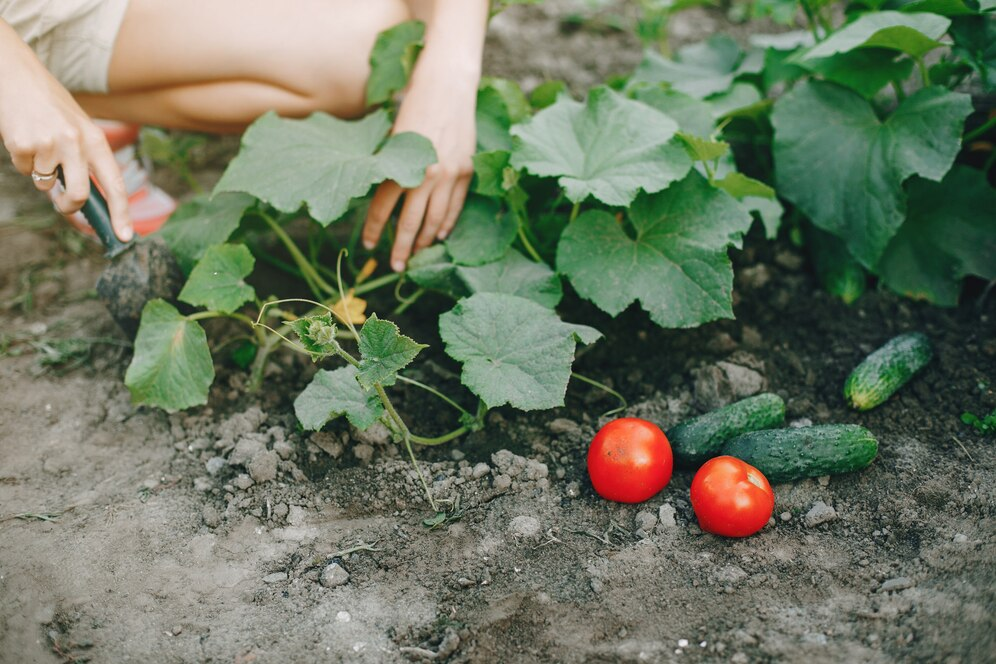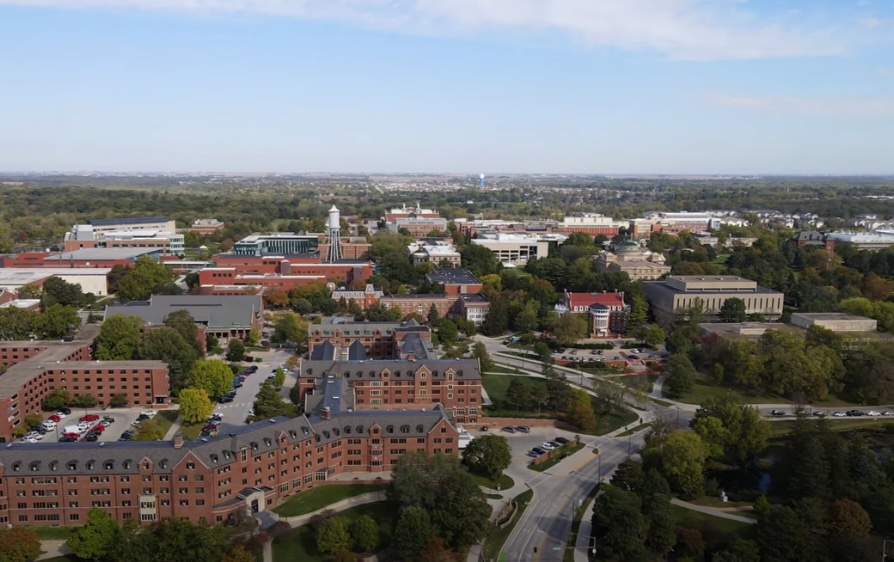Embarking on a lawn renovation journey in Iowa? The cornerstone of this adventure is knowing the best time to plant grass seed in Iowa. This article will delve into the nuances of climate, soil, and timing to ensure your grass grows lush and healthy.
Why Timing Matters in Iowa
Iowa experiences four distinct seasons, each with its own set of climatic conditions that directly influence grass seed germination:
- Spring: Spring is the season when temperatures in Iowa start to rise, and the soil begins to thaw. This period provides an excellent opportunity for planting grass seed as the combination of mild temperatures and moisture promotes rapid germination and growth. Grasses like Kentucky Bluegrass, Fine Fescue, and Perennial Ryegrass thrive during this season;
- Summer: Summer in Iowa can be harsh, with hot temperatures and occasional humidity. This season is less favorable for planting grass seed due to the risk of drought, which can hinder germination. If you must plant during summer, it’s essential to water the newly planted seeds regularly to prevent them from drying out;
- Fall: Fall is considered one of the best times to plant grass seed in Iowa. The cool and mild temperatures create ideal conditions for seed germination and establishment. The soil is still warm from summer, and there is a reduced risk of drought compared to the hot summer months. It allows the grass to develop strong root systems before winter;
- Winter: Winter in Iowa is characterized by cold temperatures and snow cover. This season is not suitable for planting grass seed, as the ground is frozen, making it impossible for seeds to germinate. It’s essential to wait until the following spring or fall to resume planting activities.
Spring Planting in Iowa
Spring is often recommended as the best time to plant grass seed in Iowa for several reasons:
- Soil Temperature: Spring is an ideal time for grass seed germination in Iowa because the soil temperature begins to rise, creating favorable conditions for the growth of grass seeds;
- Moisture Levels: Spring in Iowa typically brings increased rainfall, which helps keep the soil consistently moist, aiding in the germination of grass seeds. This natural moisture is beneficial as it reduces the need for excessive watering;
- Long Growing Season: Planting grass seed in the spring allows for an extended growing season. The grass has ample time to establish strong roots and develop before the harsh winter conditions set in. This early start provides a competitive edge for the grass against weeds and other challenges.
When planning to plant grass seed in Iowa during the spring, follow these steps for successful results:
| Step | Description |
|---|---|
| 1. Soil Preparation | Begin by preparing the soil. Remove any debris, rocks, or weeds from the area where you intend to plant grass. Loosen the topsoil to create a favorable environment for seed penetration and root growth. |
| 2. Choose the Right Seed | Select a grass seed mix that is well-suited for Iowa’s climate and soil type. Common options include Kentucky bluegrass, fescue, or a blend of cool-season grasses. Ensure the seed mix matches your specific needs, such as shade tolerance or drought resistance. |
| 3. Sowing | Spread the selected grass seed evenly over the prepared soil. Use a seed spreader for uniform coverage. Follow the recommended seeding rate provided on the seed packaging for best results. |
| 4. Watering | Keep the soil consistently moist but avoid overwatering, which can lead to waterlogged conditions and hinder germination. Regular, light watering is usually sufficient to maintain moisture levels during the spring season. |
Fall Planting: A Hidden Gem
While spring is a popular choice for planting grass seed in Iowa, fall may actually be the superior option for several reasons:
- Cool Temperatures: Fall temperatures are generally milder and less stressful for new grass seedlings. This allows them to establish without the stress of scorching summer heat;
- Less Weed Competition: Weeds tend to grow less aggressively in the fall, reducing competition with newly planted grass. This can result in a healthier and more successful establishment of your lawn;
- Strong Root Development: During the fall, grass plants focus their energy on root development rather than top growth. This is essential for winter survival, as strong root systems help grass endure the cold months ahead.
When opting for fall seeding in Iowa, follow these steps to achieve a lush and resilient lawn:
| Step | Description |
|---|---|
| 1. Prepare the Soil | Similar to spring, prepare the soil by removing debris and weeds. Loosen the topsoil to facilitate seed penetration and root growth. |
| 2. Timing | Plant grass seed at least 45 days before the first expected frost. This timing allows the grass to establish roots before winter sets in. In Iowa, early to mid-September is often a suitable timeframe. |
| 3. Watering | Consistent moisture is crucial during the fall seeding process. Keep the soil evenly moist to encourage germination and root development. Be prepared to water as needed, especially if rainfall becomes scarce. |
Summer and Winter: Not Ideal

Planting grass seed in Iowa during the summer and winter months is generally discouraged for the following reasons:
Summer Planting
Iowa’s summer months, typically spanning from June to August, can be characterized by hot and dry weather. These conditions create a challenging environment for the germination and establishment of grass seed. Here are some key reasons why summer is not the ideal time for planting grass in Iowa:
- High Temperatures: During the summer, Iowa experiences high temperatures that can soar well above 90°F (32°C). This extreme heat can cause the soil to dry out quickly, making it difficult for seeds to absorb the necessary moisture for germination;
- Potential Drought: Iowa occasionally faces drought conditions during the summer months. Lack of consistent rainfall can further exacerbate the moisture deficit in the soil, hindering seedling growth and survival;
- Increased Competition: Weeds and existing grasses thrive in the summer heat, creating strong competition for resources like sunlight, water, and nutrients. Newly planted grass seedlings may struggle to compete effectively in these conditions;
- Stress on Young Seedlings: Young grass seedlings are particularly vulnerable to heat stress. Excessive heat can cause seedlings to wither, become stunted, or even die before they have a chance to establish themselves.
Winter Planting
Winter in Iowa, which typically spans from December to February, poses its own set of challenges for grass seed planting. The cold temperatures and frozen ground make it an unfavorable time for seeding. Here’s why winter is not ideal for planting grass in Iowa:
- Extreme Cold: Iowa winters are characterized by sub-freezing temperatures, with lows often dropping below 20°F (-6°C). Such extreme cold can damage or kill grass seedlings, preventing their growth and establishment;
- Frozen Ground: The soil in Iowa becomes frozen and hard during the winter months, making it nearly impossible for grass seed to penetrate and germinate. This frozen ground can delay germination until spring when conditions are more favorable;
- Limited Growing Season: Winter in Iowa is relatively long, which means grass seed planted during this time has a shorter growing season compared to spring or fall plantings. This can lead to weaker and less established lawns;
- Reduced Nutrient Uptake: Frozen soil inhibits the uptake of essential nutrients by grass seedlings, limiting their ability to develop strong root systems and healthy foliage.
Conclusion
Determining the best time to plant grass seed in Iowa is a balance of climate understanding and practical lawn care knowledge. Both spring and fall offer advantages, but fall often edges out as the ideal time for seeding. Remember, a lush Iowa lawn starts not just with the right timing, but also proper soil preparation and ongoing care.
FAQ
The best time to plant grass seed in Iowa is typically in the fall, from late August to early October.
It’s not recommended due to the heat and potential for drought, which can hinder seed germination.
Prepare by cleaning debris, loosening the soil, and ensuring the area is level.
Look for a mix of cool-season grasses like Kentucky Bluegrass, Perennial Ryegrass, and Fescues.



